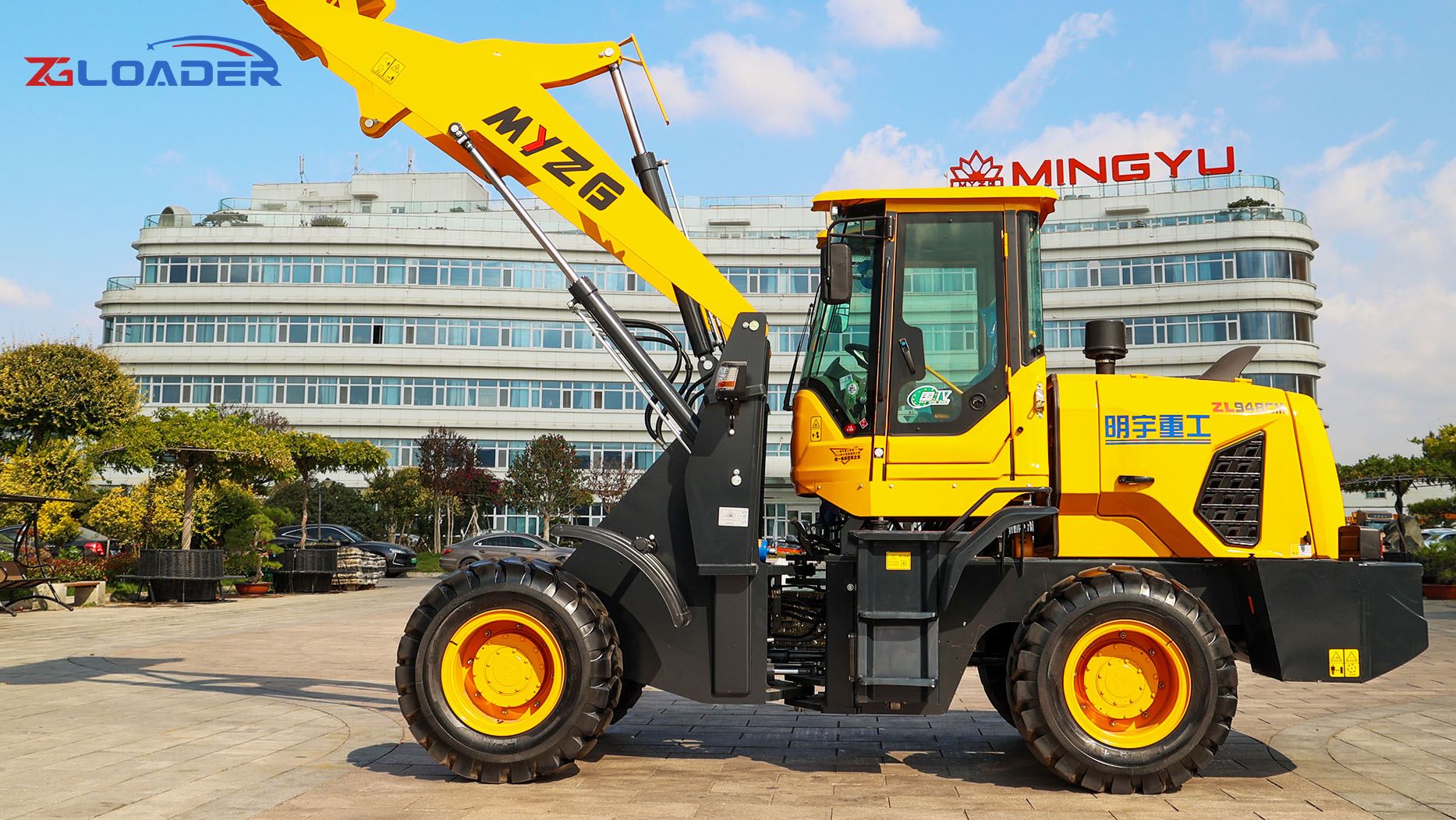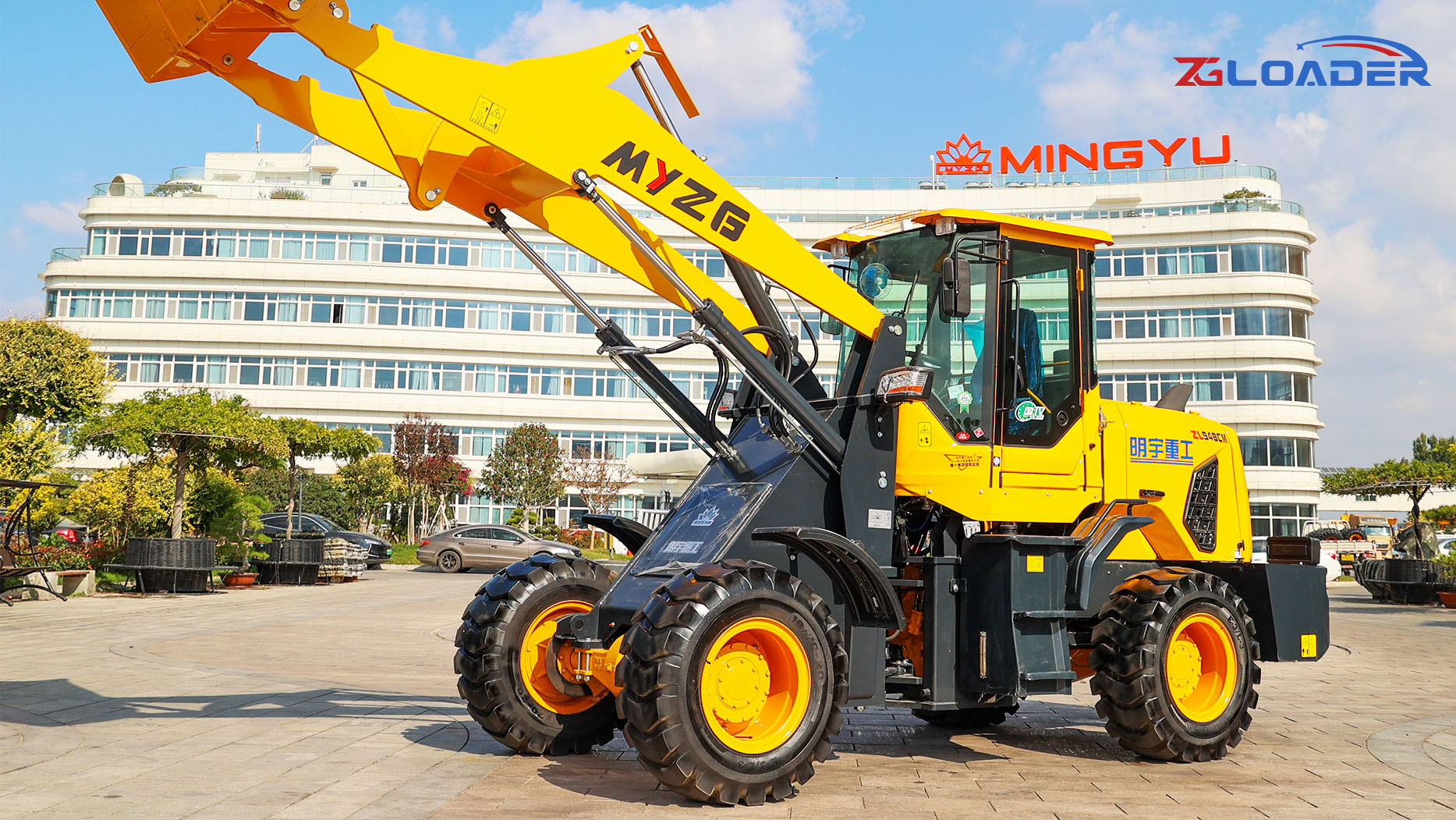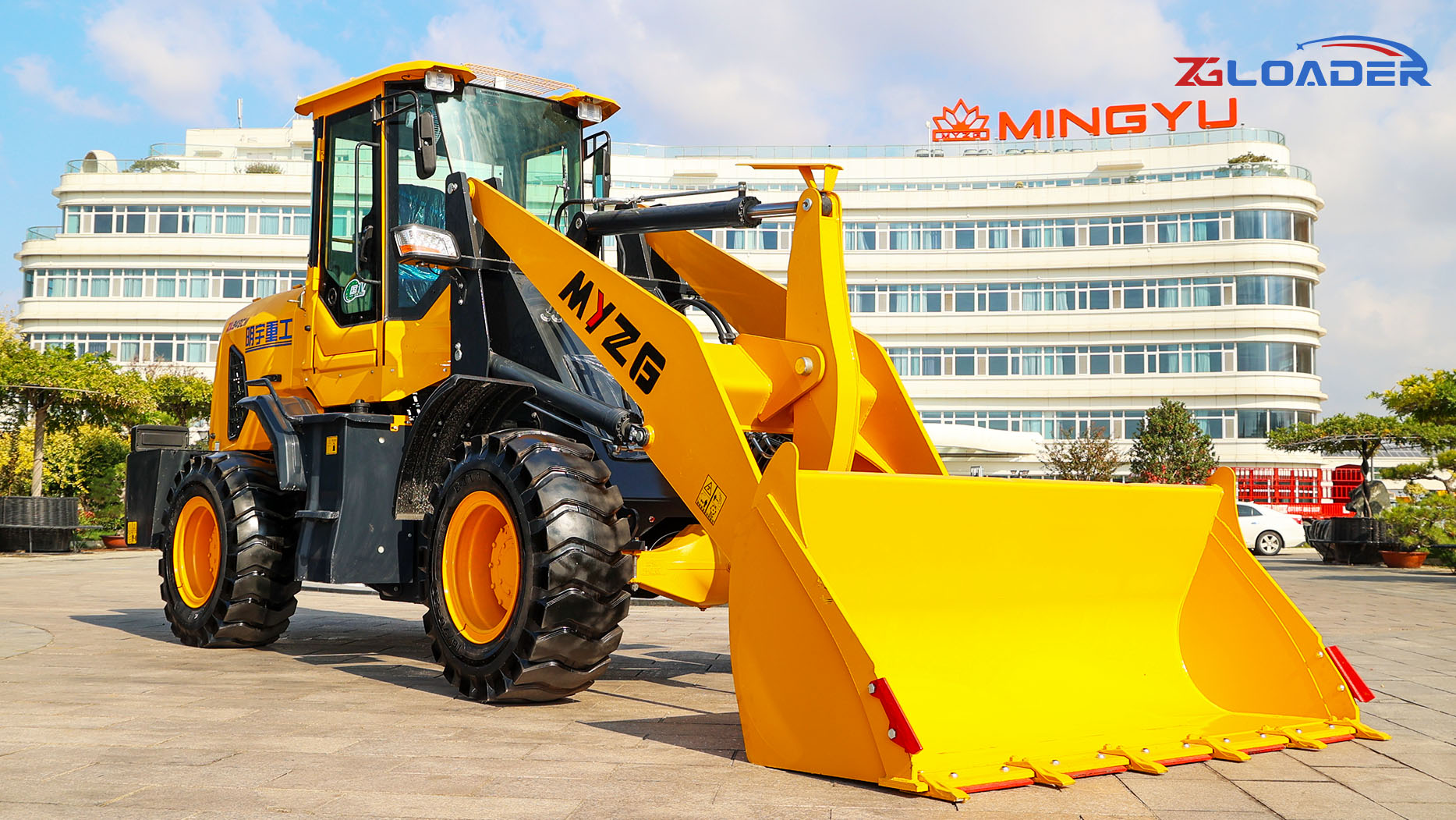Wheel loaders are ubiquitous on construction sites, in mines, and at material handling facilities. Their versatility and efficiency make them indispensable pieces of equipment. While they perform a variety of tasks, the core advantage that sets wheel loaders apart from other earthmoving machinery lies in their mobility and maneuverability combined with significant material handling capacity. This unique combination allows them to excel in applications requiring rapid loading, hauling, and dumping cycles, especially in confined or congested spaces.
This article will delve into the various aspects of this primary advantage, exploring how mobility, maneuverability, and material handling capacity intertwine to create the wheel loader's distinct value proposition. We will also examine how these characteristics compare to other equipment types and discuss the specific applications where the wheel loader's strengths shine.
Mobility: The Foundation of Efficiency
Unlike tracked machines, wheel loaders operate on pneumatic tires, granting them superior mobility on paved and unpaved surfaces. This tire-based mobility offers several key benefits:
Faster Travel Speeds: Wheel loaders can travel between work areas significantly faster than tracked equipment. This is crucial in applications where the loading and dumping points are some distance apart, reducing cycle times and boosting overall productivity. This speed advantage is particularly noticeable on paved surfaces, where tracked machines are often limited by their lower top speeds and potential for damage to the pavement.
Reduced Ground Disturbance: Tires exert lower ground pressure compared to tracks, minimizing damage to paved surfaces, lawns, and other sensitive areas. This makes wheel loaders ideal for urban construction, landscaping, and recycling facilities where minimizing surface disruption is essential. This also translates to less wear and tear on the machine itself, particularly on the undercarriage.
Roadworthiness (in some cases): Depending on local regulations and the specific machine, some wheel loaders are street-legal, allowing them to travel between job sites without requiring a trailer. This further enhances their mobility and reduces transportation costs.
Ease of Maintenance: Tire maintenance is generally simpler and less expensive than track maintenance. Replacing a tire is a quicker process than repairing or replacing track components, minimizing downtime.
Maneuverability: Navigating Confined Spaces
Wheel loaders are known for their exceptional maneuverability, largely due to their articulated steering. This design allows the front and rear axles to pivot relative to each other, significantly reducing the turning radius. This characteristic is essential in:
Tight Work Environments: Construction sites, storage yards, and recycling facilities often have limited space. The tight turning radius of a wheel loader enables it to operate effectively in these confined areas, where tracked machines or rigid-frame vehicles would struggle. This maneuverability allows for precise positioning of the bucket or attachment, minimizing the need for repetitive maneuvering.
Loading and Dumping: The ability to quickly pivot and reposition the bucket is invaluable during loading and dumping operations. Wheel loaders can efficiently load trucks, hoppers, or other containers, even when space is restricted. This is particularly advantageous in applications like truck loading where precise placement of material is required.
Material Handling: In stockpiling and material rehandling operations, the wheel loader's maneuverability allows it to efficiently move materials around, creating neat piles and optimizing storage space.
Material Handling Capacity: Moving Volume Efficiently
While mobility and maneuverability are crucial, the wheel loader's ability to move significant volumes of material is equally important. This capacity stems from:
Bucket Size and Design: Wheel loaders are equipped with large buckets designed to handle a variety of materials, from loose aggregates to bulk materials. The bucket capacity is a critical factor in determining the machine's productivity. Different bucket types are available for specific applications, such as general purpose, light material, and rock buckets.
Lift Capacity and Reach: The loader's hydraulic system provides the necessary lift capacity to raise the loaded bucket to a suitable height for dumping into trucks or hoppers. The reach of the loader arms also plays a role, allowing for efficient loading of high-sided trucks or reaching over obstacles.
Fast Cycle Times: The combination of mobility, maneuverability, and powerful hydraulics enables wheel loaders to achieve fast cycle times. This translates to higher productivity and lower operating costs.
Comparison with Other Equipment:
Understanding the wheel loader's advantages requires comparing it to other common earthmoving equipment:
Track Loaders: While track loaders offer superior traction and stability on rough terrain, they lack the mobility and speed of wheel loaders, especially on paved surfaces. Track loaders are better suited for dozing and heavy digging, while wheel loaders excel in material handling and loading.
Excavators: Excavators are highly versatile digging machines, but they are not designed for efficient material transport over long distances. Wheel loaders are better suited for loading and hauling materials, especially when the haul distances are relatively short.
Skid Steer Loaders: Skid steer loaders are compact and highly maneuverable, making them suitable for very confined spaces. However, they have a lower material handling capacity compared to wheel loaders and are generally used for lighter duty applications.
Applications Where Wheel Loaders Excel:
The wheel loader's unique combination of mobility, maneuverability, and material handling capacity makes it ideal for a wide range of applications:
Construction: Loading and hauling materials, site cleanup, backfilling, and general material handling.
Mining: Loading haul trucks, stockpiling materials, and general material handling.
Recycling: Sorting and loading recyclable materials, feeding shredders and other processing equipment.
Agriculture: Loading feed, moving manure, and general material handling.
Material Handling: Loading and unloading trucks and railcars, stockpiling materials, and feeding processing equipment.
Snow Removal: Equipped with a snow bucket or plow, wheel loaders can efficiently clear snow from roads and parking lots.
Conclusion:
The major advantage of a wheel loader lies in its unique balance of mobility, maneuverability, and material handling capacity. This combination allows it to excel in applications requiring rapid loading, hauling, and dumping cycles, particularly in confined spaces. While other types of equipment may be better suited for specific tasks, the wheel loader's versatility and efficiency make it an indispensable piece of machinery across a wide range of industries. Its ability to move significant volumes of material quickly and efficiently makes it a cornerstone of modern construction, mining, and material handling operations. The continuous improvements in engine technology, hydraulics, and control systems further enhance the wheel loader's performance and solidify its position as a key player in the earthmoving equipment landscape.
Post time:Feb.13.2025



